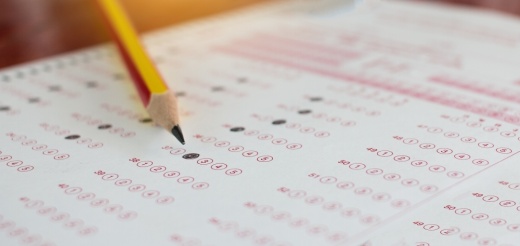The final STAAR scores were expected to be released next week, but Morath called the preliminary numbers “problematic.”
“What that means is that the name of the game for us for the conceivable future, is how do we modify our systems, across all 1,200 school systems in the state of Texas, to increase the rate at which we accelerate learning,” he said.
One reason students may have done poorly on the STAAR this year, according to Morath, was they were being “exposed to below grade level material all year long,” which students could not control.
He said under new requirements passed by the Texas Legislature this year, districts have to create a written plan for how they will accelerate learning for students that did not meet grade level in third, fifth and eighth grades.
In New Braunfels ISD, 63% of eighth grade students did not meet grade level expectations for math in 2021, compared to 27% who did not meet expectations in 2019, which was the last time the STAAR test was administered prior to 2021.
In Comal ISD, 23% of eighth grade students did not meet grade level expectations for math in 2021, compared to 12% who did not meet expectations in 2019.
Reading scores for fifth and eighth grade students in both districts remained similar to 2019 scores.
“For students who are below grade level, that's what we have to do to get them caught up to grade level,” Morath said. “The number of students who are significantly below grade level is far higher this year than we've ever seen it before because of the academic impact of COVID.”
William C. Wadsack contributed to this report.





